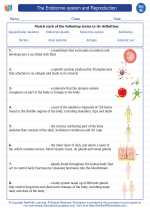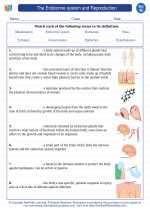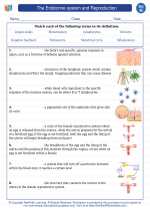Blizzards: An Overview
A blizzard is a severe snowstorm characterized by strong winds and low visibility due to blowing snow. Blizzards can be extremely dangerous and can lead to power outages, transportation disruption, and even loss of life. Understanding the science behind blizzards and knowing how to prepare for them is crucial for staying safe during these extreme weather events.
Key Concepts to Understand
- Formation of Blizzards: Blizzards typically form when a mass of cold, dense air interacts with a warm, moist air mass. This interaction leads to the rapid condensation of water vapor and the formation of snow. Strong winds then pick up the snow and create whiteout conditions, reducing visibility to near-zero.
- Impact of Blizzards: Blizzards can have far-reaching impacts, including disrupting transportation networks, causing damage to infrastructure, and posing serious risks to human and animal life. Understanding the potential consequences of blizzards is essential for taking appropriate precautions.
- Preparation and Safety Measures: Being prepared for a blizzard involves having emergency supplies, such as food, water, and warm clothing, on hand. Understanding safety measures, such as staying indoors during a blizzard and avoiding travel, is crucial for minimizing risk.
Study Guide
Here are some key topics to focus on when studying blizzards:
- What conditions are necessary for the formation of a blizzard?
- How do blizzards impact transportation and infrastructure?
- What safety measures should individuals take when a blizzard is forecasted?
- How can technology, such as weather radar and satellite imagery, help in predicting and monitoring blizzards?
- What are the long-term effects of blizzards on the environment and local communities?
By understanding the science behind blizzards and being prepared for their potential impacts, individuals and communities can stay safe and minimize the risks associated with these extreme weather events.
.◂Science Worksheets and Study Guides Eighth Grade. The Endocrine system and Reproduction
Study Guide The endocrine system and Reproduction
The endocrine system and Reproduction  Worksheet/Answer key
Worksheet/Answer key The endocrine system and Reproduction
The endocrine system and Reproduction  Worksheet/Answer key
Worksheet/Answer key The endocrine system and Reproduction
The endocrine system and Reproduction  Worksheet/Answer key
Worksheet/Answer key The endocrine system and Reproduction
The endocrine system and Reproduction  Vocabulary/Answer key
Vocabulary/Answer key The endocrine system and Reproduction
The endocrine system and Reproduction  Vocabulary/Answer key
Vocabulary/Answer key The endocrine system and Reproduction
The endocrine system and Reproduction  Vocabulary/Answer key
Vocabulary/Answer key The endocrine system and Reproduction
The endocrine system and Reproduction  Vocabulary/Answer key
Vocabulary/Answer key The endocrine system and Reproduction
The endocrine system and Reproduction  Vocabulary/Answer key
Vocabulary/Answer key The endocrine system and Reproduction
The endocrine system and Reproduction 

 Worksheet/Answer key
Worksheet/Answer key
 Worksheet/Answer key
Worksheet/Answer key
 Worksheet/Answer key
Worksheet/Answer key
 Vocabulary/Answer key
Vocabulary/Answer key
 Vocabulary/Answer key
Vocabulary/Answer key
 Vocabulary/Answer key
Vocabulary/Answer key
 Vocabulary/Answer key
Vocabulary/Answer key
 Vocabulary/Answer key
Vocabulary/Answer key
